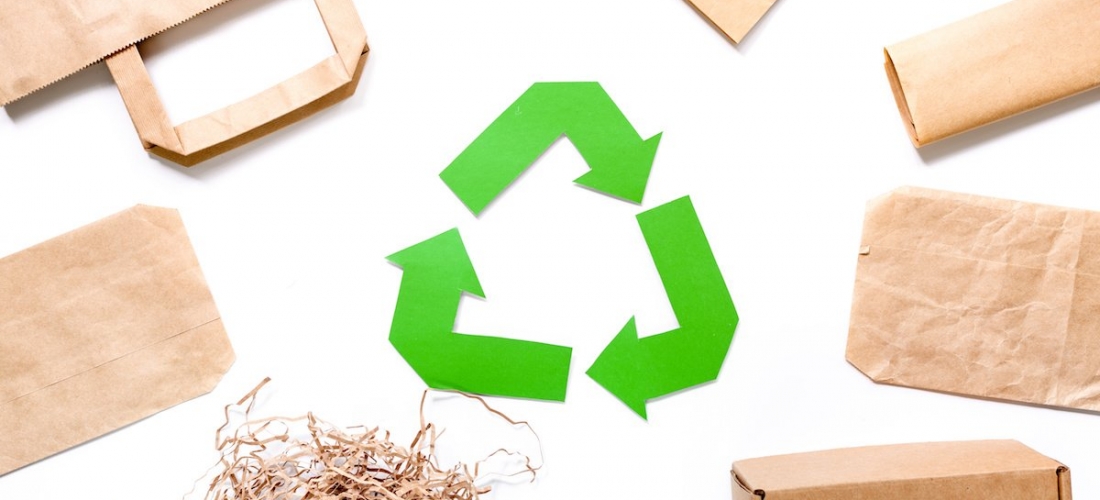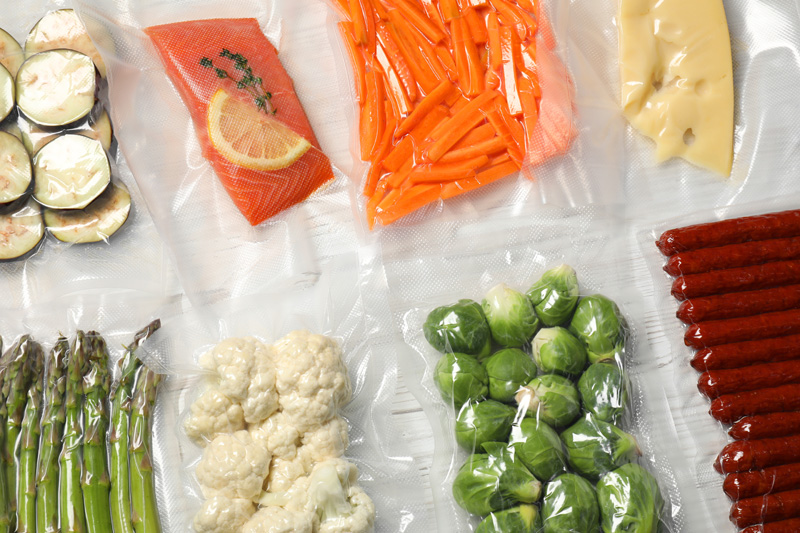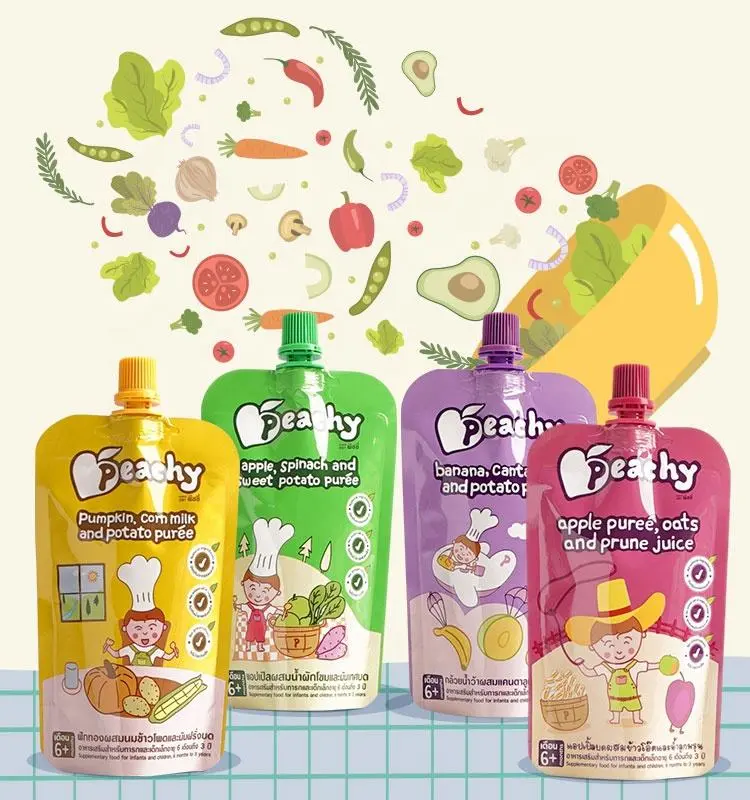Unsightly pouches that become shelf wallpaper, wet seals that destroy products, dollars wasted on rushed designs—custom packaging can go wrong in a hurry. Custom pouches and custom packaging solutions offer breakaway branding and tailored functionality, but mistakes cost dollars, frustrate customers, and miss opportunities. Solving these issues head-on guarantees packaging not only protects but also presents products in a competitive marketplace.
The Core Issues and Solutions
Problem 1: Misaligned Design with Brand Identity
A custom-made pouch that fails to convey the brand personality is a missed chance to connect with customers. Unbranded patterns or discordant colors—like an expensive tea in an uncool-looking sachet—confuses customers and undermines trust. A 2024 retail survey found that 67% of consumers choose products with packagings that portray themselves as authentic to the brand. A skincare company with mismatched, low-standard pouches may appear dilettante, driving customers to rivals.
Repair: Tie packaging to the brand’s values. Set up the look of the brand—bright for a juice firm, minimalist for an upscale cosmetic—before design. Use high-definition graphics (at least 300 DPI) and complementary colors in the brand spectrum. Test designs with focus groups to ensure that they work. A coffee roaster using matte, earthy-colored pouches with bold branding can enhance its artisanal identity, boosting shelf appeal by 20%, per industry measurements.
Problem 2: Insufficient Product Protection
Custom packaging solutions must safeguard contents, but improper materials cause them to spoil or be damaged. A granola pack without a moisture barrier lets in humidity, and crunchy bits become soggy. Thin films covering frozen items are punctured in transit, resulting in leaks. A seafood firm had 10% returns when it used breakable custom pouches, based on a 2023 case study, with thousands of replacements and lost reputation.
Instruction: Match material to product requirement. Use high-barrier films like foil or EVOH for oxygen-sensitive products like coffee, maintaining freshness for a year or more. Utilize thicker polyethylene-polyester laminates for frozen or cutting ones like meat. Stress pouches by freezing, stacking, or dropping them to make them durable. A nut firm that switches to puncture-proof, high-barrier pouches can decrease returns by 15%, saving money and retaining customers.
Problem 3: Overcomplicating Functionality
Overdesigned custom pouches with unnecessary features frustrate customers. A triple-zipper on a snack pouch is innovative but confuses the consumer, while a spout on a dry-goods pouch is expensive but not worth it. A 2024 consumer survey found 58% of consumers avoid packaging that’s hard to open or reseal and instead prefer simplicity. Overly complicated pouches from a supplement company resulted in a 12% drop in repeat business due to usability complaints.
Use intuitive design: Include tear notches to open easily, especially on single-use pouches. Use resealable zippers on repeat-use products like pet food, but do it in the background—single-track zippers perform better than multi-step openings for convenience. Conduct usability testing with real users to ensure spouts or zippers open easily. A sauce brand making its pouches more intuitive through tear notches and single zippers can improve customer satisfaction by 25%, usability tests suggest.
Issue 4: Underestimation of Production Costs
Custom packaging inflates budgets when businesses don’t account for underlying costs. Low-run printing, premium finishes like matte or metallic, or complex features like spouts can double the expense. A new company that launched custom pouches for energy bars overpaid 30% on glossy finishes, as per a 2024 packaging report, forcing them to increase prices that drove customers away. High costs also limit scalability, especially for small businesses.
Plan budget strategically: Use digital print for small quantities to avoid high setup fees, saving up to 20% compared to traditional methods. Use cost-saving treatments like gloss in place of metallic unless marketing upscale segments. Save on features—use zippers rather than spouts for dry goods to save 10%. A soft drink brand testing matte, digitally printed pouches could stay within budget while keeping upscale imagery, ramping up production without price increase.
Issue 5: Ignoring Regulatory Compliance
Packaging solutions for special applications must meet industry standards, but ignoring regulations incurs costly recalls or fines. FDA-approved packaging is necessary for food pouches; medical packaging requires sterile seals. Mislabeling of nutritional facts or use of non-food-grade films can call for penalties—$10,000 per offense in some cases, as per FDA guidelines. A supplement firm incurred a recall when it used non-compliant pouches, losing $50,000 in 2023.
Be regulatory-savvy: Use food-grade polyethylene or polyester on consumables, certified by supplier authentication. Ensure FDA or USDA-compliant labels with allergen notices and nutritional values. For pharmaceutical or cannabis packaging for medical or therapeutic use, ensure sterility and tamper-proofing. Work with suppliers to ensure compliance before production. A pet food manufacturer inspecting its pouches for FDA compliance might avoid recalls, which mean millions in possible losses.
The Bigger Picture: Why It Matters
Custom packaging errors don’t just nibble away at profits—they reshape market perception. Leaking or unsightly pouches lead to returns, with 18% of online food sales impacted by packaging errors, as per a 2024 retail report. Inconvenient use deters customers—60% of consumers switch brands after an infuriating packaging experience, as per a 2023 survey. Non-compliant packaging can get businesses into legal trouble, with 1 in 5 small businesses receiving fines for labeling errors, as per industry data. Budget overruns suffocate expansion, forcing 15% of startups to delay launches for packaging cost reasons, a 2024 report said.
Fixing these issues is a high return. Effectively designed custom pouches build brand loyalty—70% of customers favor brands with repetitive, high-quality packaging, per consumer research. Regulatory, durable pouches minimize returns by up to 20%, saving costs. Simple-to-use, easy-to-design formats spur repeat purchases by 25%, per sales information. Cost-saving measures enable scalability, with digitally printed pouches lowering small-batch expense by 30%. Fixing these issues makes companies admired, forward-thinking market leaders in competitive spaces.
A Roadmap to Custom Packaging Perfection
To sidestep custom packaging disasters, follow this route:
- Define Brand Goals: Define the brand’s persona—colors, feel, and values. An upscale tea brand might use clean, gold-tipped pouches; an economy snack brand uses bright, bold ones.
- Assess Product Needs: Map weaknesses—moisture, light, or handling vulnerability. Frozen foods use heavy, cold-resistant films; spices use low moisture barriers.
- Test Thoroughly: Process small amounts through real use scenarios—shipping, freezing, or store display shelf. A brand check pouch seals to prevent spoilage losses would be one example.
- Prioritize Usability: Obtain user feedback on prototypes to ensure that features are intuitive. A hard-to-open sachet could lose 10% of customers before launch.
- Keep Costs in Check: Use digital printing for low-volume runs and avoid luxury finishes except where warranted. A startup saving 15% on pouches could spend the savings on promotion.
- Assure Compliance: Check materials and labels for compliance with FDA, USDA, or industry specifications. A medical brand that audited its sterile pouches could save $20,000 in penalties.
- Iterate Based on Data: Test trial outcomes and consumer feedback to further develop designs. A pet treat company may determine resealable zippers perform better than spouts for everyday use.
A beverage company rolling out custom pouches for a new line of juices might test strong, recyclable films with plain zippers, discovering they cut costs by 12% and generate 15% more sales. Initial testing and data-informed adjustments ensure packaging performs from production through purchase.
New Solutions and Trends
Custom packaging solutions are transforming to solve these challenges. Top innovations are:
- Digital Printing Advances: Low-cost, high-quality print for small orders, cutting setup costs by 25%, per a 2024 report on packaging. Ideal for start-ups to test pouch styles.
- Smart Packaging: QR codes on packages lead to product histories or usage tips, boosting interaction—30% of consumers scan codes on packages, per a 2023 survey.
- Sustainable Materials: Biobased polyethylene and compostable packaging films reduce environmental impact, with 40% of new packages to be recyclable by 2026.
- Modular Designs: Zippers or spouts can be swapped out in modular designs without full redesigns, saving production costs by 10%.
- AI-Driven Prototyping: Artificial intelligence software predicts material performance, reducing trial mistakes by 20%, as cited by industry news, making it easier to design pouches.
A food business adopting digitally printed, recyclable pouches featuring QR codes may save money, involve consumers, and reduce waste, in conformity with market momentum. These solutions make bespoke packages smarter and less expensive.
Packaging That Delivers
Misaligned designs, inadequate protection, confusing features, cost, or non-regulatory custom pouches can sink a product’s success. But with strategic solutions overcoming these custom packaging challenges, businesses can create packaging that protects, engages, and expands. Successful custom packaging solutions mean stronger brands, loyal consumers, and competitive edge. With each pouch telling a story, make yours one of quality and impact.








